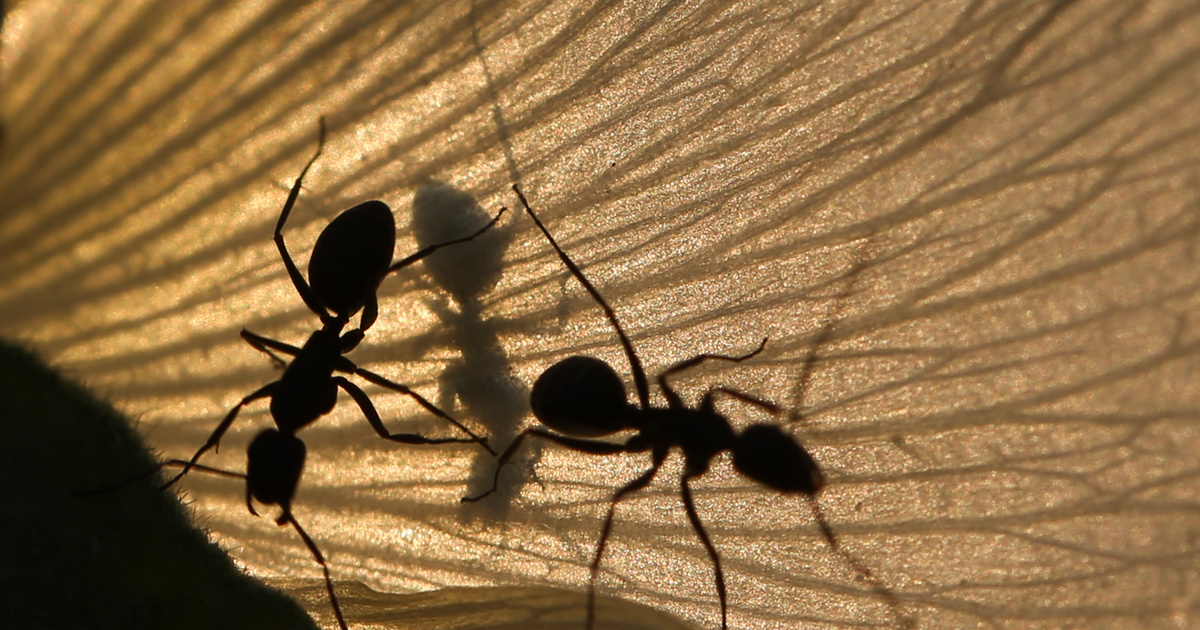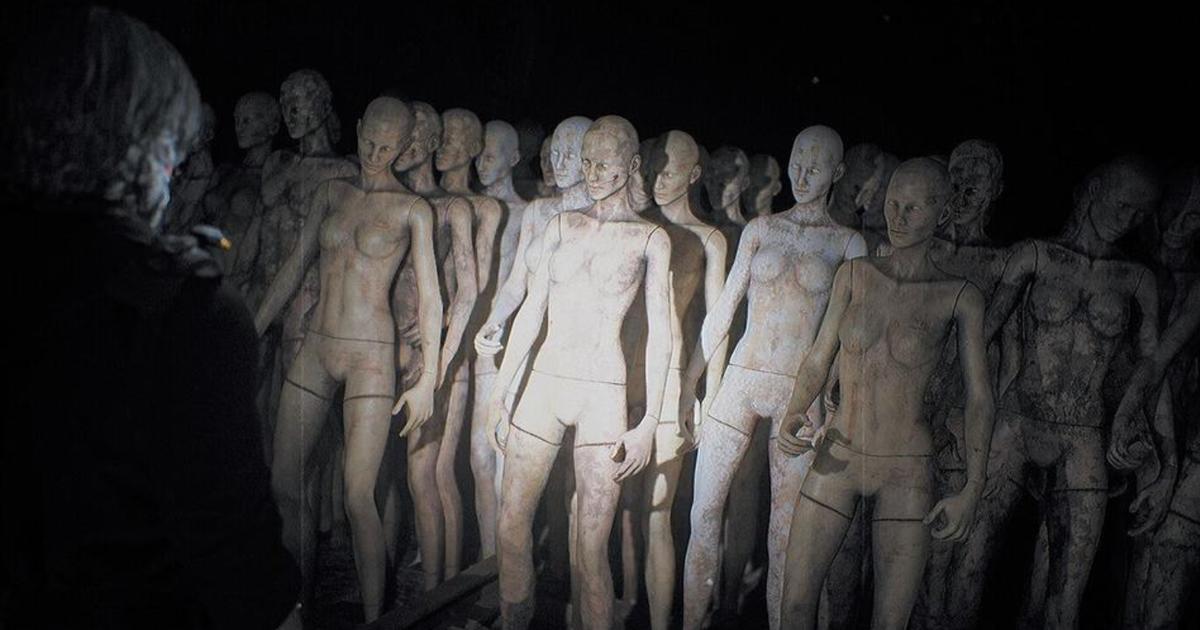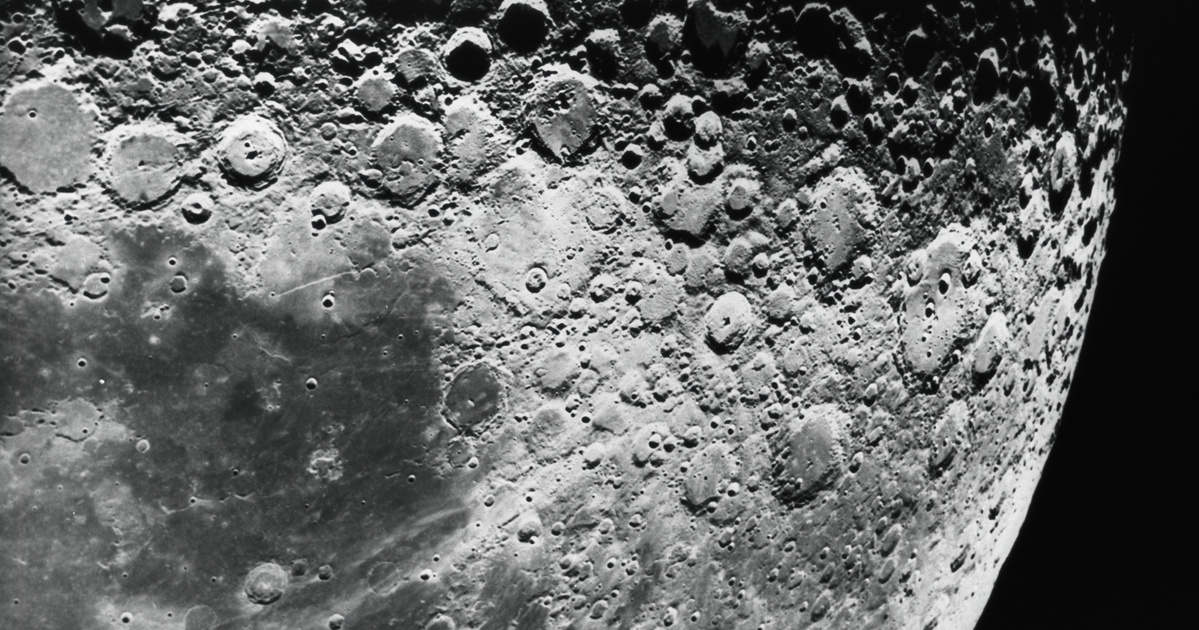China's Chang'e-6 spacecraft touched down on the far side of the moon at around 1:30 a.m. Hungarian time on Sunday, China's official Xinhua news agency reported. Watchman.
Xinhua News Agency reported that the probe landed in the Aitken Basin in Antarctica, one of the largest known craters in the solar system. The agency says it is the first attempt to collect samples from a rarely explored area on the moon.
The spacecraft is on a 53-day mission and was launched on May 3. The goal is to try to collect soil and rock samples and conduct other experiments. The lander uses two assembly methods: a subsurface drill and a robotic arm on the surface.
The Moon's “dark side” — so called because it can't be seen from Earth, not because it never gets sunlight — represents a great opportunity for research because its craters are less covered by ancient lava flows than the other side, researchers say. With the help of samples collected from here, we can learn more about the composition of the Moon.
“Everyone is very excited to be able to see these rocks that no one has ever seen before (…) This would help answer the really big questions, like how do planets form, why does the crust form, and what is the origin of water in the solar system? John Burnett Fisher, a researcher specializing in lunar geology at the University of Manchester, explained.












































